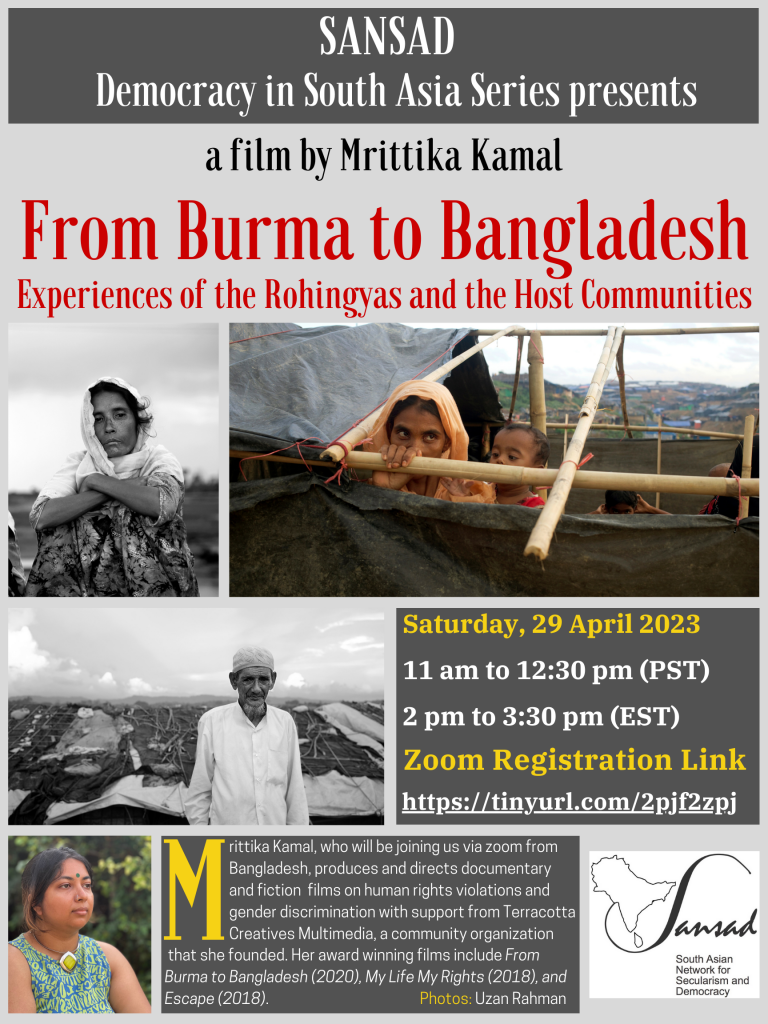Culture Supersedes Religion in Establishing National Identity
By Promod Puri
Culture is a distinctive feature of one group of people comprising of several aspects. One of them is religion, and the others are language, cuisine, social habits, music and arts. Obviously, one aspect of a culture does not represent the totality of it.
The expression “Hindu culture” is as vague as saying Hindu cuisine (except by airlines referring to “Hindu meal”). And it is as much blurred as trying to contrive a language, music, arts, customs, etc with suffix of Hindu. This applies to all other religions as well who try to create a culture exclusively linked to their faiths.
Culture in most cases is secular in nature.
When we talk about a cultural community, we mean an all inclusive explicit way of life. It represents all the group of people sharing common identities despite belonging to different religious denominations. But all speaking same language and sharing same social and cultural traits.
Often people of one cultural community have several religions. These sub differentiations are covered by conventions and customs. Together these are represented by the sanctified rituals on which Hindu tradition, Sikh, Muslim or Christian traditions establish their respective identities.
The unity of India lies in its cultural plurality. This factor was the basis of states’ reorganization at the time of India’s independence in 1947. Each state was constituted representing the cultural homogeneity of that region. And wherever there were more than one homogeneity states split respectively. Thus the cultural aspirations of people have been adequately addressed.
“India is a colorful country” mainly because of the exuberant nature of its diverse cultures. The cultural sameness in each Indian state along with the religious diversity is the accepted model for both political and administrative purposes.
Whereas each Indian state mostly represent one single cultural distinctiveness, it is the state of Jammu and Kashmir which within itself does carry more than one identity. The state has three regions, namely Jammu, Kashmir and Ladakh. And each one of them is culturally, religiously, geographically and even climatically different. Azad Kashmir under Pakistan domain has its own identity which is again quiet varied from rest of Jammu and Kashmir state.
The Kashmir problem has never been examined and tackled from its diversity aspect. The politics of the state has always been dominated, controlled and represented by the Muslim leadership of the Valley from the Kashmir region. The multi-facet and heterogeneous character of the state is the undetermined reality which otherwise can play a dominant role in resolving the Kashmir problem. Aligning the issue only on religious basis because about 64 percent of the state’s population is Muslim is a futile exercise to determine its fate. By not allowing the diversity factor in the Kashmir debate is suppression of its other identities as well.
In a democratic setup regions or nations which play only the religious factor in politics and governance, always have cultural identity crisis.
That has been the fate of Pakistan. It does not recognize and accept that the country’s cultural affinity lies with India which it can’t shake off. Both the political and military leaderships of the country in their hatred toward India try to establish a religious-based Arabic identity. Naturally, this is not working.
Pakistan must realize that cultural-based identities cut across religious-based identities. And the former can play more decisive and healthier roles in determining a cohesive and stable future for the country.
Pakistan may find some motivation from the Canadian society, not from its mostly racist governments, as how this multi- ethnic nation is establishing its national identity.
In a diverse Canadian society there are a multitude of cultures, traditions and religions, with lot more sub banners within each group. It is a myriad with a diversified web which gives Canada an image of acceptance and tolerance.
This evolutionary trend is being established despite the known retrogressive and discriminatory policies embraced by most Canadian governments over the years particularly toward the First Nation and visible minorities.
The Canadian cultural plurality is a unique experience in human social history which is trying to weave a frictionless social fabric from its distinct and assorted fibers. This multi-facet aspect gives Canada the color and character of being ever involving and exciting.
( Promod Puri is a former editor and publisher of South Asian Canadian weekly newspaper, The Link, retired and resides in Vancouver, Canada). The views expressed are those of the author.
